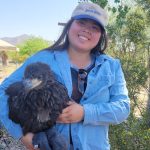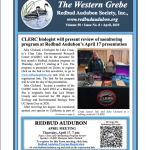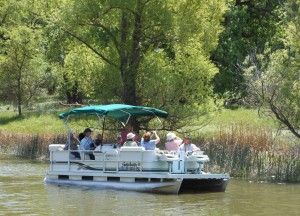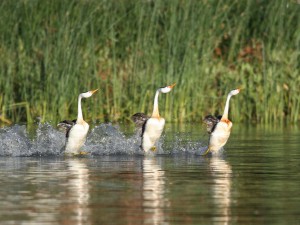Julia Clickard, a biologist for Lake County’s Clear Lake Environmental Research Center (CLERC) will be the presenter for this month’s Redbud Audubon program on Thursday, April April 17, starting at 7 p.m. The program is presented on Zoom; to register click on the link in this newsletter, or go to www.redbudaudubon.org and click on the registration link. The link for the program will be sent the day of the presentation.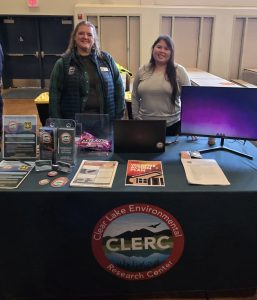
Julia Clickard, became a member of the CLERC team in April 2024 as a Biologist. She is originally from San Luis Obispo County and received her BS degree in Ecology and Environmental Biology from UC Santa Cruz in 2020.
After receiving her degree, she monitored spotted owl species in California as part of an acoustic monitoring program. Then, in Arizona, she monitored Bald Eagle nest sites and individual bald eagle behavior. Returning to California, she worked with the California Department of Fish and Wildlife on monitoring the impacts of climate change on local stream systems and steelhead populations.
CLERC works on many roadside clearing projects for reduction of fire hazards here, especially along main evacuation routes. Currently Clickard monitors these vegetation management project sites before implementation in order to gauge the before and after effects of CLERC’s work on local ecosystems and wildlife.
“Wildfires can be devastating to entire ecosystems. They alter populations of wildlife within large swathes of areas, as well as fundamentally change soil and vegetation composition in the long term. Whenever CLERC works within a project site to prevent fires and reduce fuel loads, we also want to minimize our impacts to the local wildlife and ecosystems,” Clickard explained.
This program will consist of reviewing the various types of monitoring methods that are used in the field. From passively monitoring with wildlife cameras and acoustic microphones to actively surveying for bird nests and rare plants, Clickard states the end goal is to learn more about the ecosystems of Lake County and the best way to protect them.

